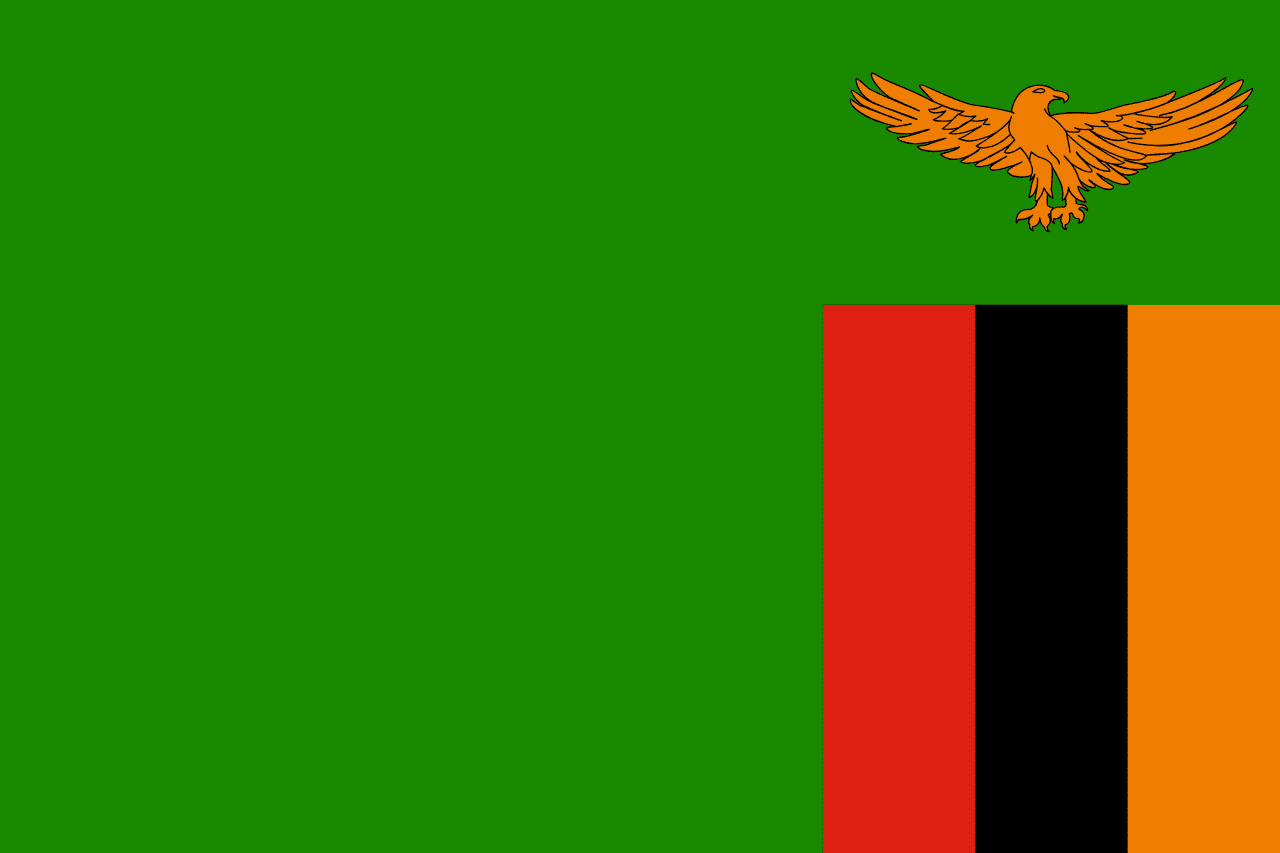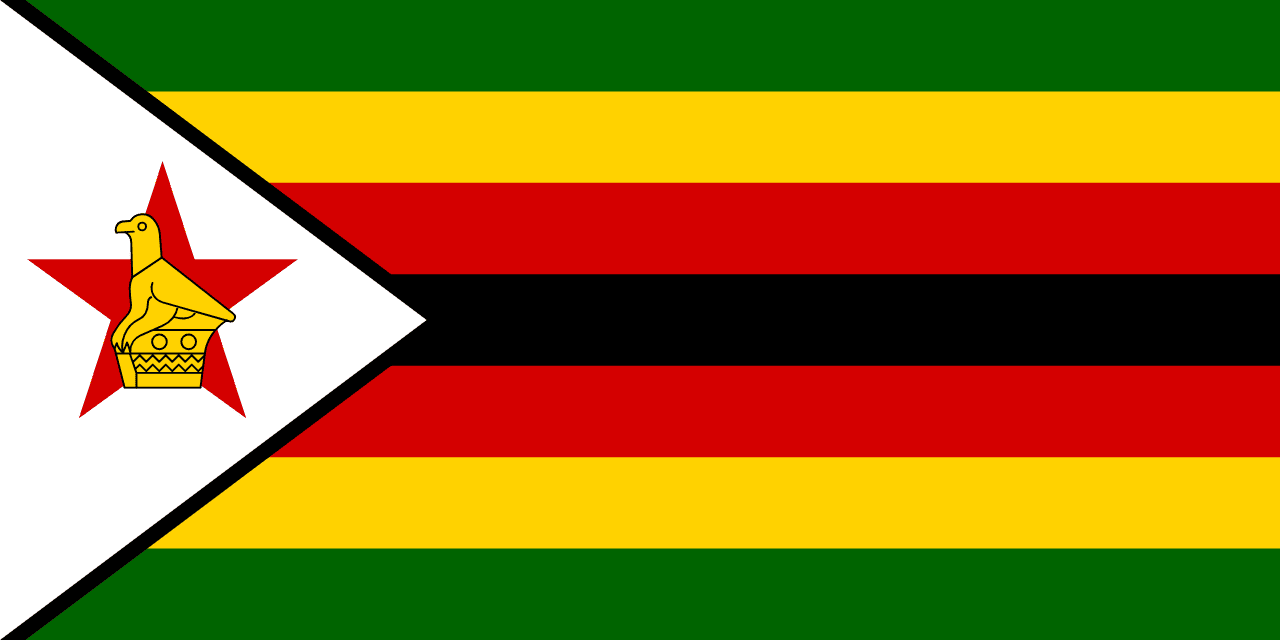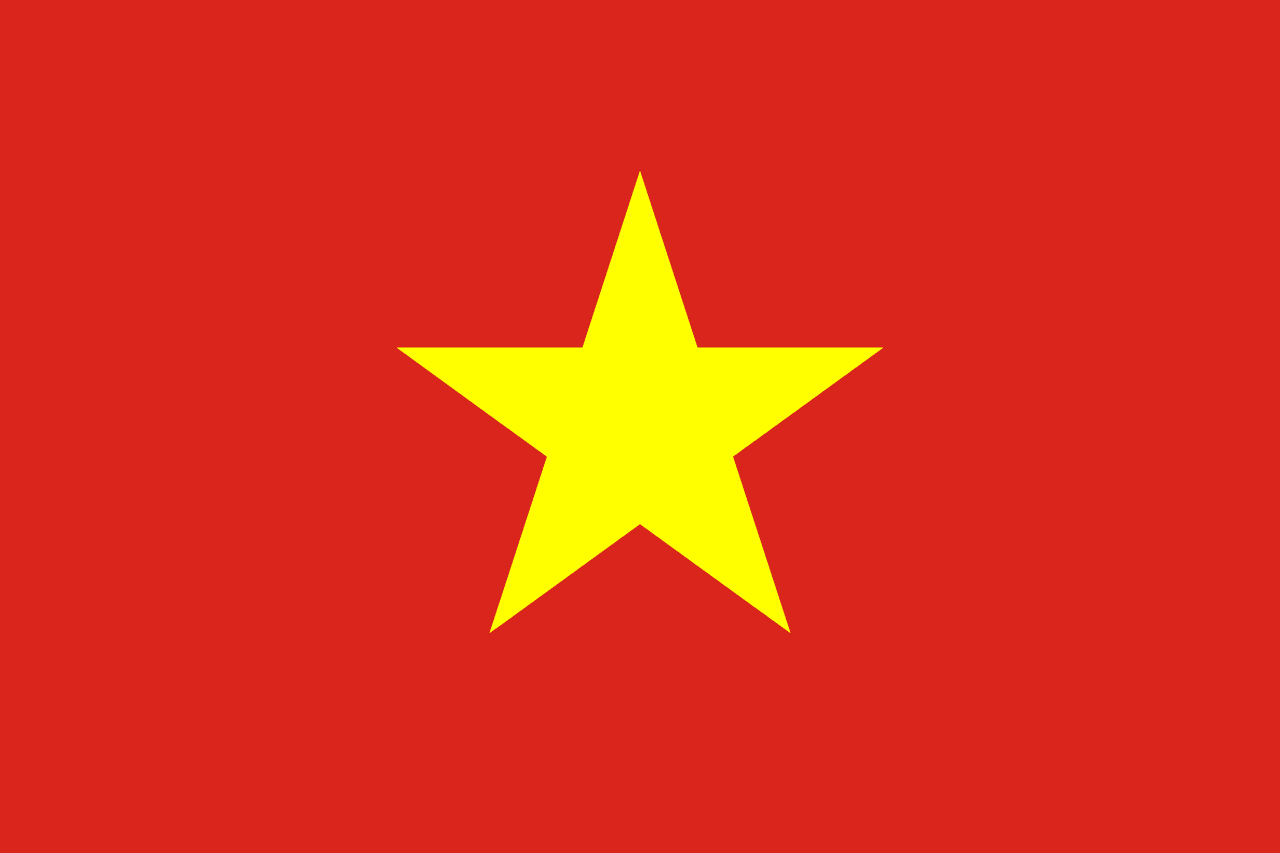The flag of Yemen is a striking tricolor consisting of three equal horizontal stripes: red at the top, white in the middle, and black at the bottom. This simple yet powerful design encapsulates Yemen's tumultuous history, its struggles for independence, and its aspirations for a brighter future. The flag serves as a unifying symbol for the Yemeni people, representing their shared identity and national pride.
Yemen information
| National Flag Day | May 22nd |
| Sovereign state | Yes |
| Official name | Republic of Yemen |
| Capital | Sana'a |
| Population | 30,984,014 |
| Area | 527,968 km² |
| Currency | Yemeni rial (YER) |
| Language | Arabic |
| Continent | Asia |
| Region | Western Asia |
| Subregion | Middle East |
| Borders | Saudi Arabia, Oman |
| Timezone | Astronomical Time (AST) UTC+3 |
| Calling code | +967 |
| Top-level domain | .ye |
History of the Yemeni flag
 The current flag of Yemen was officially adopted on May 22, 1990, coinciding with the unification of North Yemen and South Yemen. This historic event marked the end of decades of division and the birth of the modern Republic of Yemen. The flag's design draws inspiration from the pan-Arab colors, which are shared by many flags in the Arab world. It combines elements from the flags of both North and South Yemen, symbolizing the unity of the country. Prior to unification, North Yemen used a flag with a green star in the center, while South Yemen's flag featured a light blue triangle with a red star.
The current flag of Yemen was officially adopted on May 22, 1990, coinciding with the unification of North Yemen and South Yemen. This historic event marked the end of decades of division and the birth of the modern Republic of Yemen. The flag's design draws inspiration from the pan-Arab colors, which are shared by many flags in the Arab world. It combines elements from the flags of both North and South Yemen, symbolizing the unity of the country. Prior to unification, North Yemen used a flag with a green star in the center, while South Yemen's flag featured a light blue triangle with a red star.
Symbolism and design of the Yemeni flag
Each color in the Yemeni flag carries deep symbolic meaning:
- The red stripe at the top represents the bloodshed of Yemen's martyrs in the struggle for independence and unity.
- The white stripe in the middle symbolizes hope, optimism, and a bright future for the nation. It also represents peace and transparency.
- The black stripe at the bottom stands for Yemen's difficult past, including periods of occupation and internal conflict. It also symbolizes the defeat of darkness and extremism.
- The combination of these colors reflects Yemen's journey from a troubled past through a hopeful present towards a promising future.
Usage and significance of the Yemeni flag
 The flag of Yemen is a powerful symbol of national identity and unity. It is prominently displayed at government buildings, schools, and during official ceremonies. The flag plays a crucial role in fostering a sense of shared heritage among Yemenis, particularly important given the country's complex tribal and regional dynamics. During national holidays, such as Unification Day on May 22nd, the flag is widely displayed across the country. It also represents Yemen in international forums, sports events, and diplomatic missions, serving as a visual representation of the nation on the global stage.
The flag of Yemen is a powerful symbol of national identity and unity. It is prominently displayed at government buildings, schools, and during official ceremonies. The flag plays a crucial role in fostering a sense of shared heritage among Yemenis, particularly important given the country's complex tribal and regional dynamics. During national holidays, such as Unification Day on May 22nd, the flag is widely displayed across the country. It also represents Yemen in international forums, sports events, and diplomatic missions, serving as a visual representation of the nation on the global stage.
Interesting facts about the Yemeni flag
- Yemen, located at the southern end of the Arabian Peninsula, boasts a rich history dating back to ancient civilizations, including the Kingdom of Saba (Sheba).
- The flag's design not only embodies Yemen's journey towards independence and unity but also its aspirations for peace and prosperity.
- Yemen's flag shares the pan-Arab colors (red, white, black, and green) with many other Arab nations, though it doesn't include green.
- The current flag design is a compromise between the flags of North and South Yemen, reflecting the country's unified identity.
- Yemen's flag is identical to the flag of Egypt, differing only in the presence of Egypt's national emblem in the white stripe.
- The flag's colors are sometimes interpreted in relation to Yemen's landscape: red for the country's fertile highlands, white for the mountains often shrouded in mist, and black for its rich, dark soil.
- Despite ongoing conflicts and challenges, the flag continues to serve as a unifying symbol for Yemenis both within the country and in the diaspora.
- Yemen has a unique cultural heritage, including the ancient city of Sana'a with its distinctive architecture, and the island of Socotra known for its unique biodiversity.




